Leica SL3 review – the modern Leica workhorse
Leica might be best-known for its legendary M-series rangefinders, but for the past decade it's also been building a modern full-frame mirrorless system called the SL series – and the new SL3 is its most fully-evolved model so far.
Unlike the Leica M11 and Leica Q3, which are built around a compact, tactile shooting experience, the SL3 is a modern brute that wants to be your professional workhorse. It still has classic Leica hallmarks, like minimalist menus and a design that harks back to the Leica R3 SLR, but it combines all of that with modern all-rounder specs.
The main upgrades from 2019's Leica SL2 include a 60MP full-frame CMOS BSI sensor, a Maestro IV processor, phase-detect autofocus, a tilting touchscreen, 8K video, a CFexpress Type B card slot (alongside an SD UHS II one) and a slightly smaller, lighter body.
Leica says that its 60MP sensor is the same as the one in the Leica M11 and Q3, but is engineered slightly differently – which means it has a base ISO of 50 (going up to 100,000), rather than 64. In other words, the SL3 is like the Q3's bigger brother, with its studio-friendly body giving you access to the dozens of lenses available for its L-mount.

But since the original Leica SL arrived in 2015, the full-frame mirrorless camera space has become fiercely competitive. So with incredible cameras like the Nikon Z8, Sony A7R V and Canon EOS R3 all vying for your attention, is the gravitational pull of that red dot still as strong for pro shooters in 2024?
I spent a couple of days with a Leica SL3 in Wetzlar, Germany to find out – as always, the answer depends very much on your priorities (and your bank balance)...
Leica SL3 release date and price
- The Leica SL3's body-only price is $6,995 / £5,920 (around AU$11,435)
- The SL2's launch price was $5,995 / £5,300 / AU$9,900
- It's available to buy right now at Leica stores and its online store
As always with Leica, the SL3's cost-of-entry is high. And like most cameras, it's quite a bit higher than in 2019, when the SL2 first landed.
The SL3's body-only price is $6,995 / £5,920 (around AU$11,435), which is somewhere between 12%-16% pricier than the SL2's original price, depending on where you live.
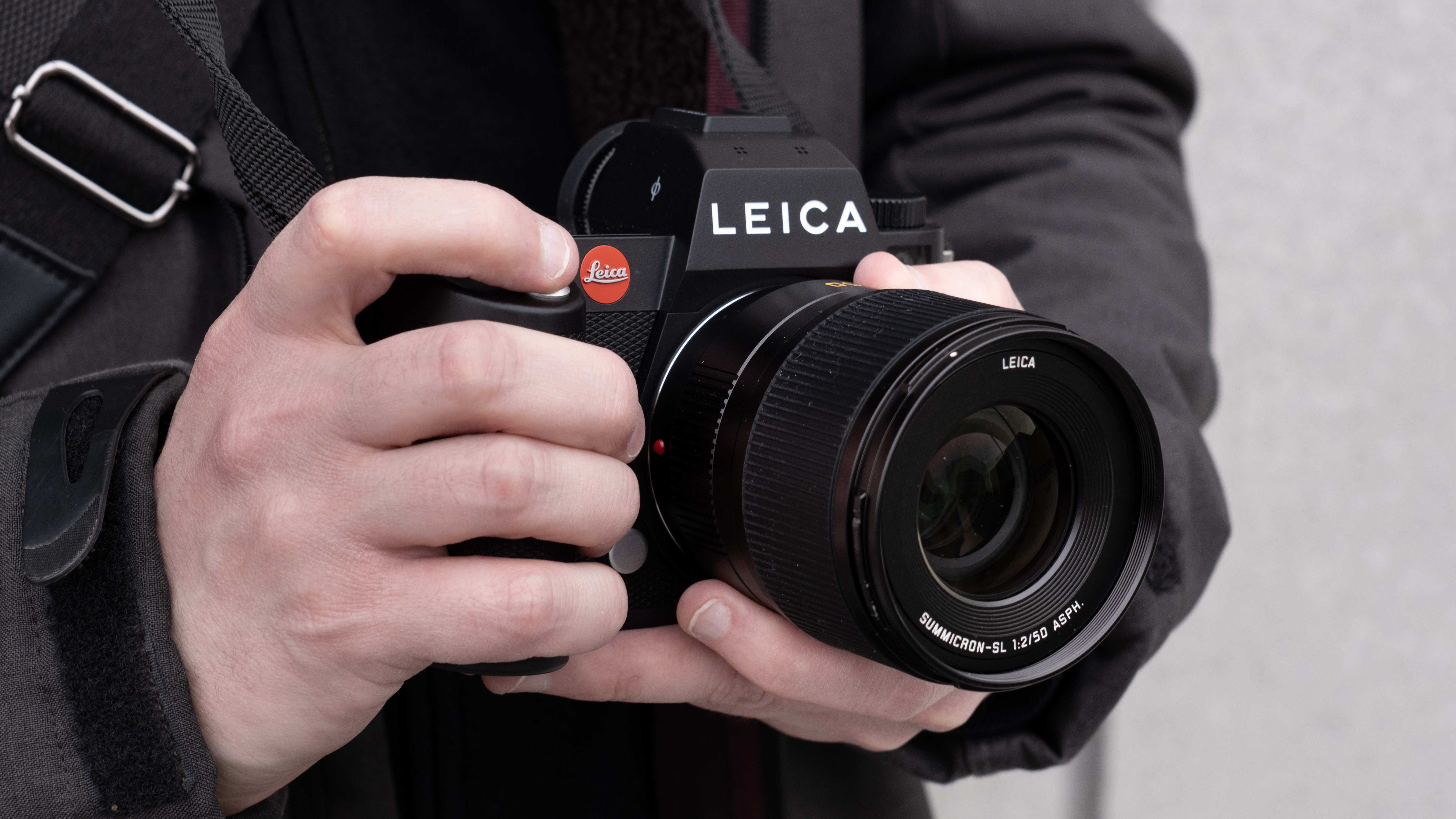
The SL3 is by no means the most expensive Leica camera around – the Leica M11 Monochrom, for example, costs $9,195 / £8,300 / AU$14,990 (body only) and only shoots in black and white. But this does mean that the SL3 is now much pricier than the Leica Q3 ($5,995 / £5,300 / AU$9,790).
That's a completely different kind of camera, but the SL3 is also battling for your attention alongside full-frame Nikon Z8 ($3,999 / £3,999 / AU$6,999 body-only), which looks like a comparative bargain.
Leica SL3: design and handling
- New 3.2-inch tilting touchscreen, but no fully-articulating display
- Leica SL3 design tweaks make it 69g lighter than SL2
- Still has magnesium alloy body with IP54-rated weather sealing
Leica's SL series have always felt reassuringly expensive in the hand and the SL3 is no different – it feels like could survive a run-in with a Cybertruck.
It's a bit of a functional brute compared to stablemates like the Leica Q3, but if you need a hybrid workhorse for stills and video, the SL3 is now one of the best camera bodies around.
Sensor: 60MP full-frame CMOS sensor
Image processor: Maestro IV
AF system: Hybrid with phase-detect
EVF: 5.76-million dot OLED
ISO range: 50 to 100,000
Video: 8K at 30p, C4K & UHD at 60/50/30/25/24p
LCD: 3.2-inch tilting touchscreen, 2.3m dots
Max burst: Up to 15fps
Connectivity: Wi-Fi, Bluetooth
Weight: 769g (body only)
Leica has made a few tweaks to the SL series' design in this third-generation, mostly for the better. For a start, it's shaved off some weight – the SL3 is 69g lighter than its predecessor. At 769g, it's still a pretty weighty mirrorless camera, but that puts it somewhere in between a Sony A7 IV and Nikon Z8.
The biggest departure from the SL2 is the arrival of a tilting 3.2-inch touchscreen. Leica hasn't gone as far as adding a fully-articulating display, which it said could have compromised the SL3's bomb-proof build quality.
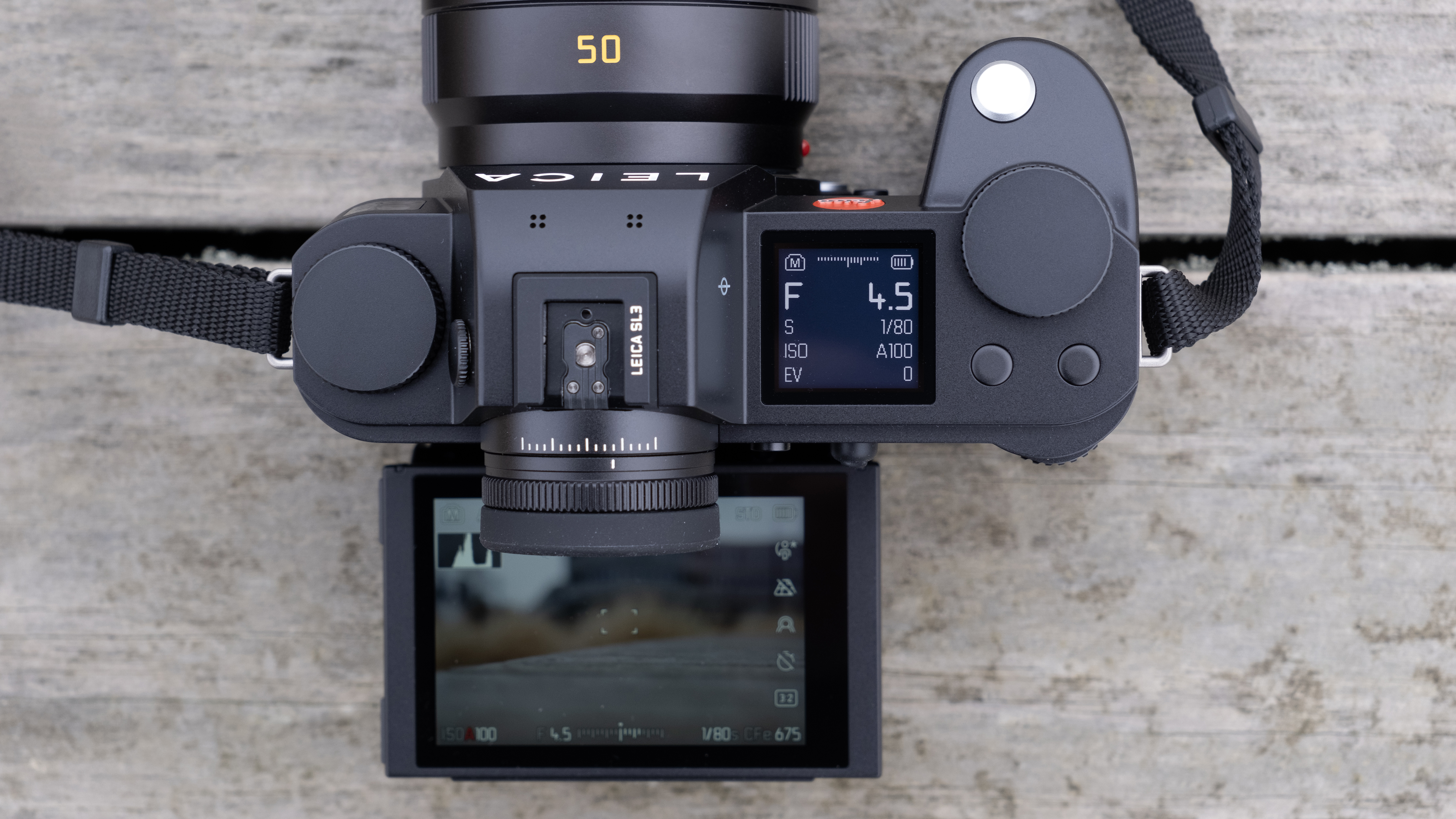
While videographers might be disappointed about that, the tilting screen is a welcome addition for photographers, giving you the option of shooting from the hip and low angles. It's just a shame it only tilts in landscape orientation, and not when you flip the camera round for portraits.
In the hand, the SL3 is still a satisfyingly solid hunk of metal. Mirrorless cameras don't come built any better than this – the magnesium and aluminum chassis balances nicely with some of Leica's weighty glass (like the Summicron-SL 50mm f/2 I tried it with), and the tweaked grip and its rubberized indent still feel great in the hand.
The SL3 still has IP54-rated weather sealing too, which means it can handle being sprayed or splashed with water. I haven't yet taken one to Antarctica, but there really aren't any weather conditions where you'll have to worry about the SL3.
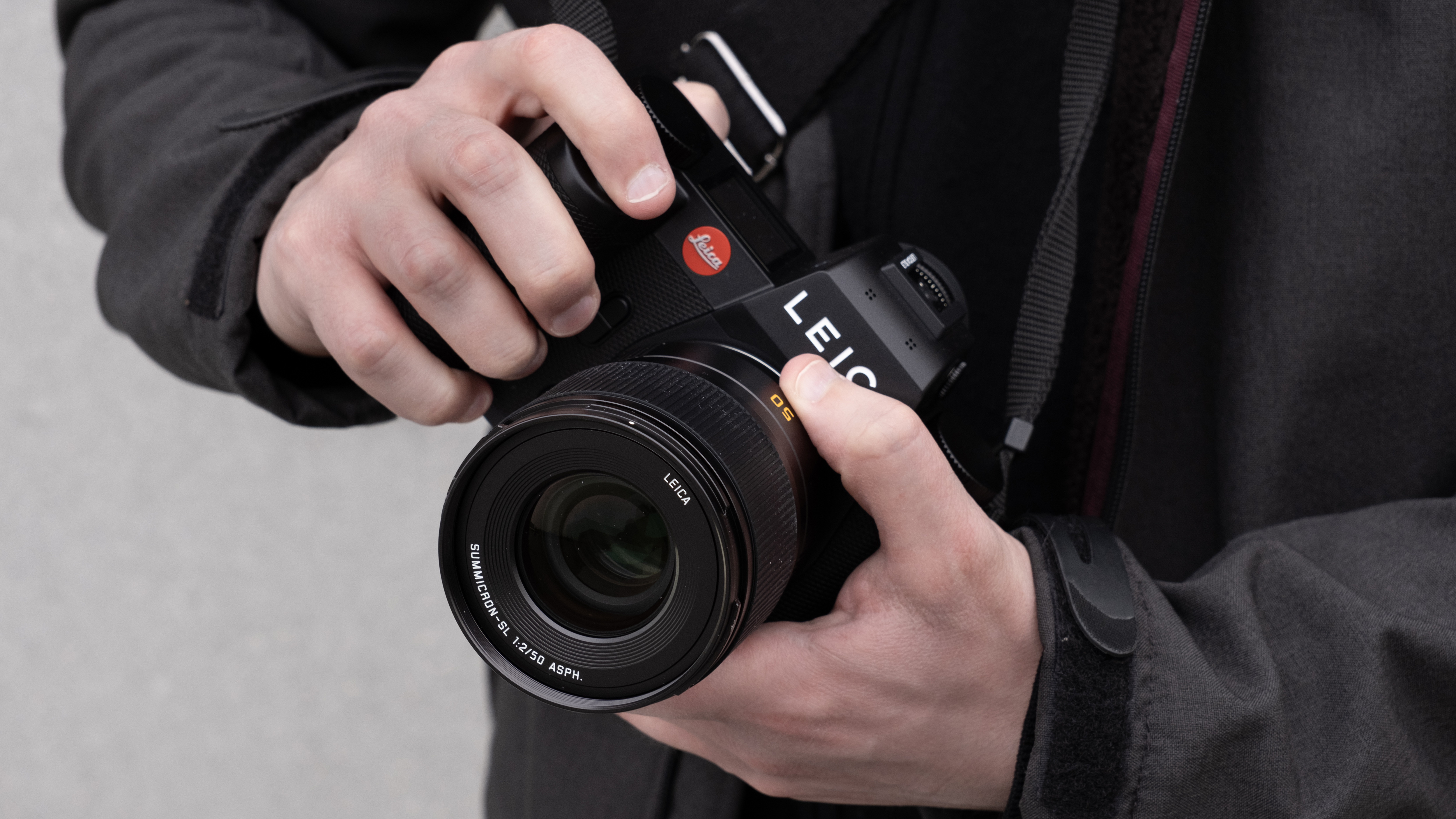
Beyond its new screen and lighter weight, the only other design changes are more minor future-proofing tweaks. There's now a new CFexpress Type B slot (alongside a standard UHS-II SD slot) to support 8K video, plus an HDMI 2.1 Type A port for video shooters.
Inside, there's also now a larger capacity battery (2,200mAh, compared to 1,860mAh one inside the SL2), but this doesn't translate to more shooting time. In fact, with a CIPA standard rating of 260 shots (compared to 370 shots on the SL2), battery life is one of the SL3's main weaknesses.
In more positive news, the SL3 retains the 5.76-million dot OLED EVF (with 0.78x magnification) from its predecessor, and that certainly hasn't dated. It's still an impressive part of the shooting experience, helping you stay connected to the scene with its clarity, color reproduction and 120fps refresh rate.
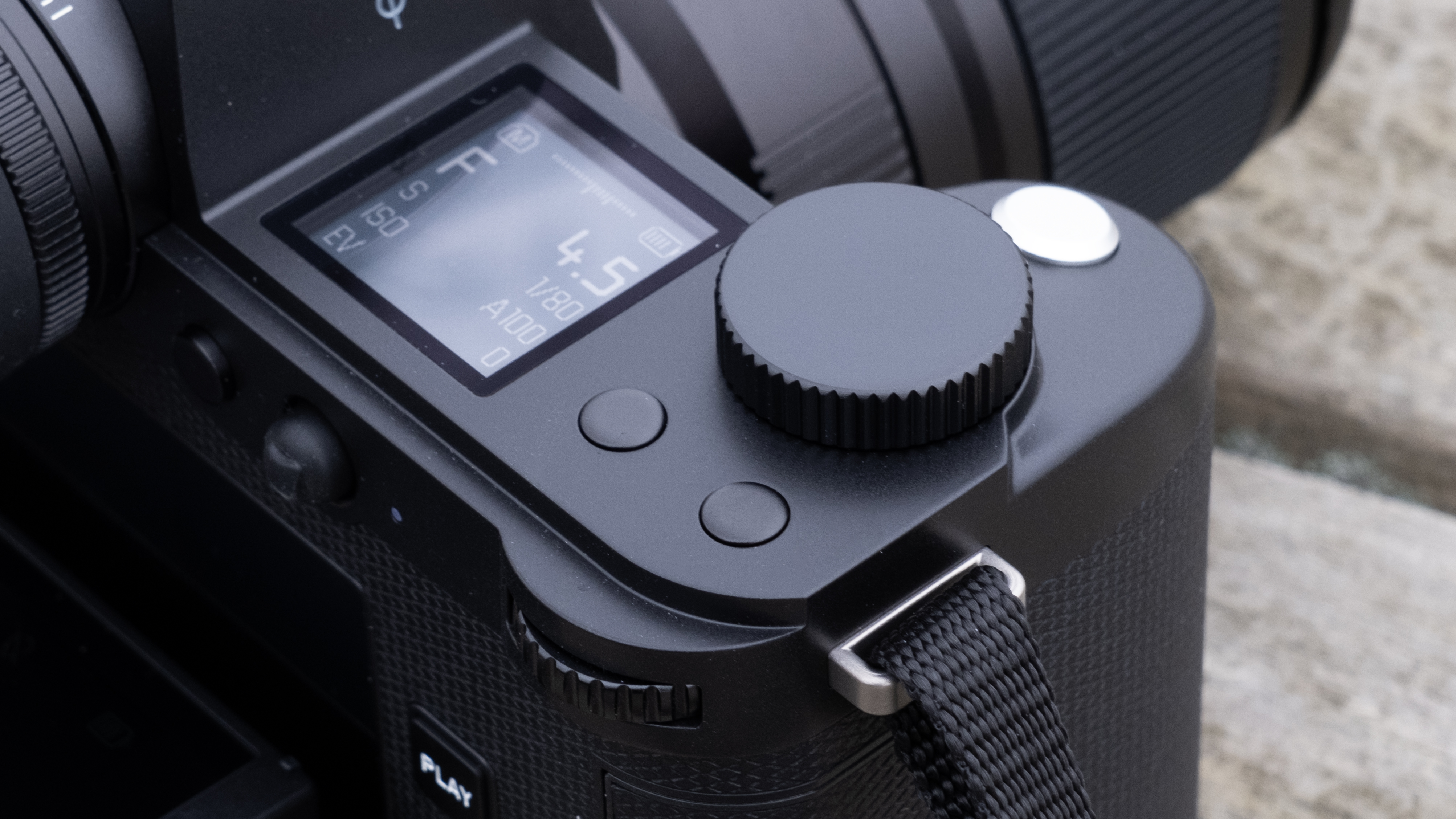
On the top of the SL3, there's a new dial on the left and a very handy 1.28-inch monochrome display for quickly previewing your shooting settings. Round the front of the camera there's arguably the most important design feature of all – the L-mount bayonet. This gives you access to a huge range of lenses from Leica, but also the likes of Panasonic, Sigma and Samyang – in total, there are now 84 lenses to choose from.
One other nice design touch is the new illuminated power button on the back, which replaces the traditional switch. This doesn't serve any great functional purpose other than making the SL3 feel more modern, but it's the kind of attention to detail you don't often get from other manufacturers.
Similarly, the SL3's refined menu system (complete with new icons) is an example for others to follow. It's clean and simple, with nice touches like the separate photo and video modes, and is a stark contrast to Sony's 'kitchen sink' approach to software menus.
Leica SL3: features and performance
- 60MP CMOS BSI full-frame sensor, like the Leica Q3 and M11
- New phase-detect AF system, alongside contrast/object detect AF
- Can now shoot 8K video and ProRes (in 1080p)
Given the Leica SL2 was launched back in 2019, you'd hope that its successor would get a sizable imaging upgrade – and that's certainly the case.
The SL3 has a 60MP CMOS BSI full-frame sensor, which is a tweaked version of the one inside the Leica Q3 and M11. While that resolution is handy for cropping later, you also get 36MP and 18MP modes to help boost the buffer during continuous shooting and save on memory space.
Leica says this sensor gives you an extra stop of dynamic range compared to the SL2 (15 stops, compared to 14), but a more obvious upgrade is the Maestro IV processor and its improved autofocus system.
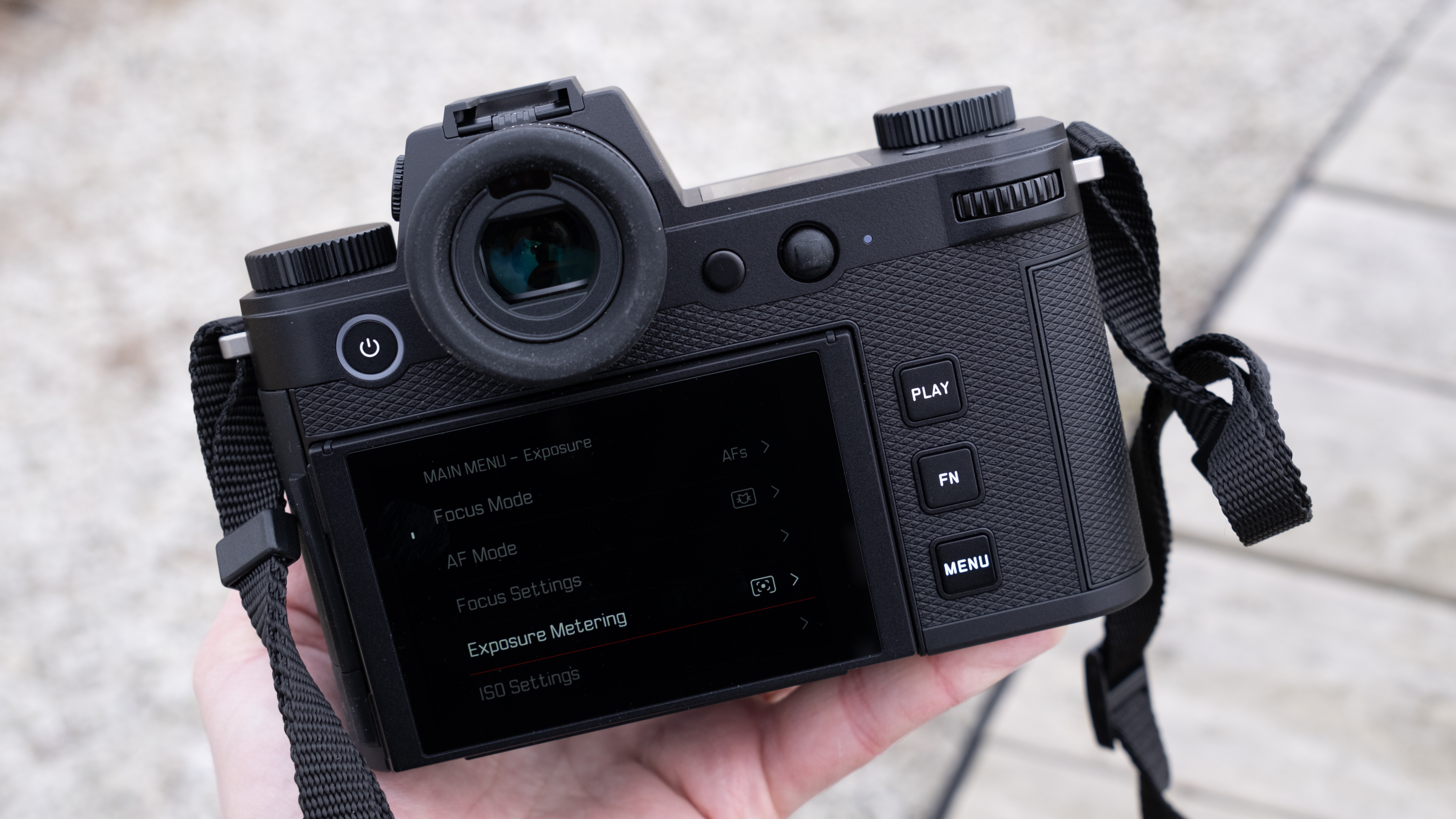
The SL series has never had class-leading autofocus, partly due to Leica's close relationship with Panasonic (which, until last year's Panasonic Lumix S5 II, had refused to embrace phase-detect autofocus). But the SL3 finally offers a hybrid AF system, combining phase-detect AF (good for video and moving subjects) with contrast-detection and object detection.
In my brief time with the SL3, its subject-detection worked well and reliably locked onto human eyes, producing a good hit-rate. But animal detection was still marked as being in 'beta' on my sample, so this will need more testing – and overall, it's fair to say that Leica is still playing catchup with the likes of Sony for autofocus, rather than surpassing it.
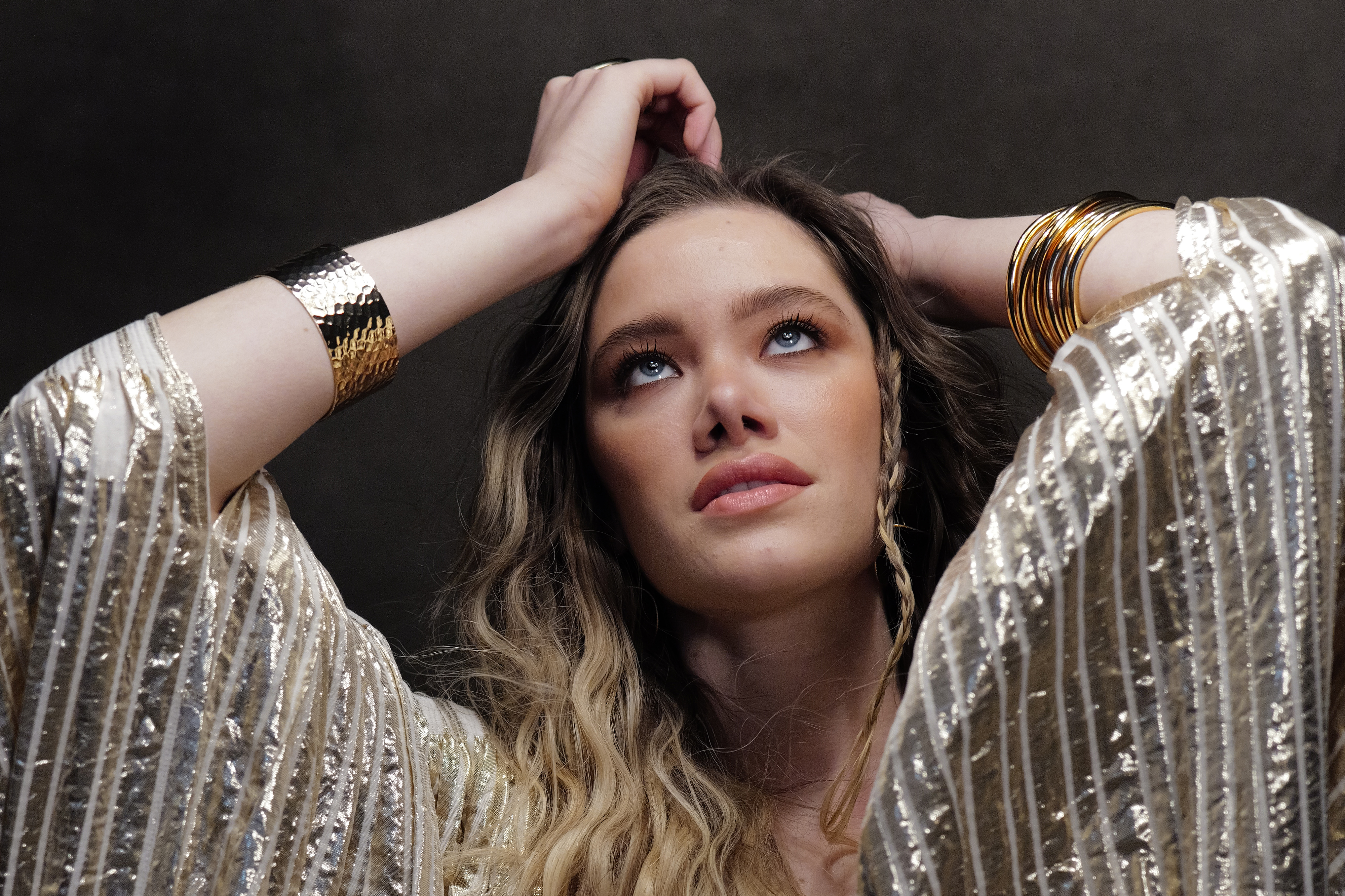
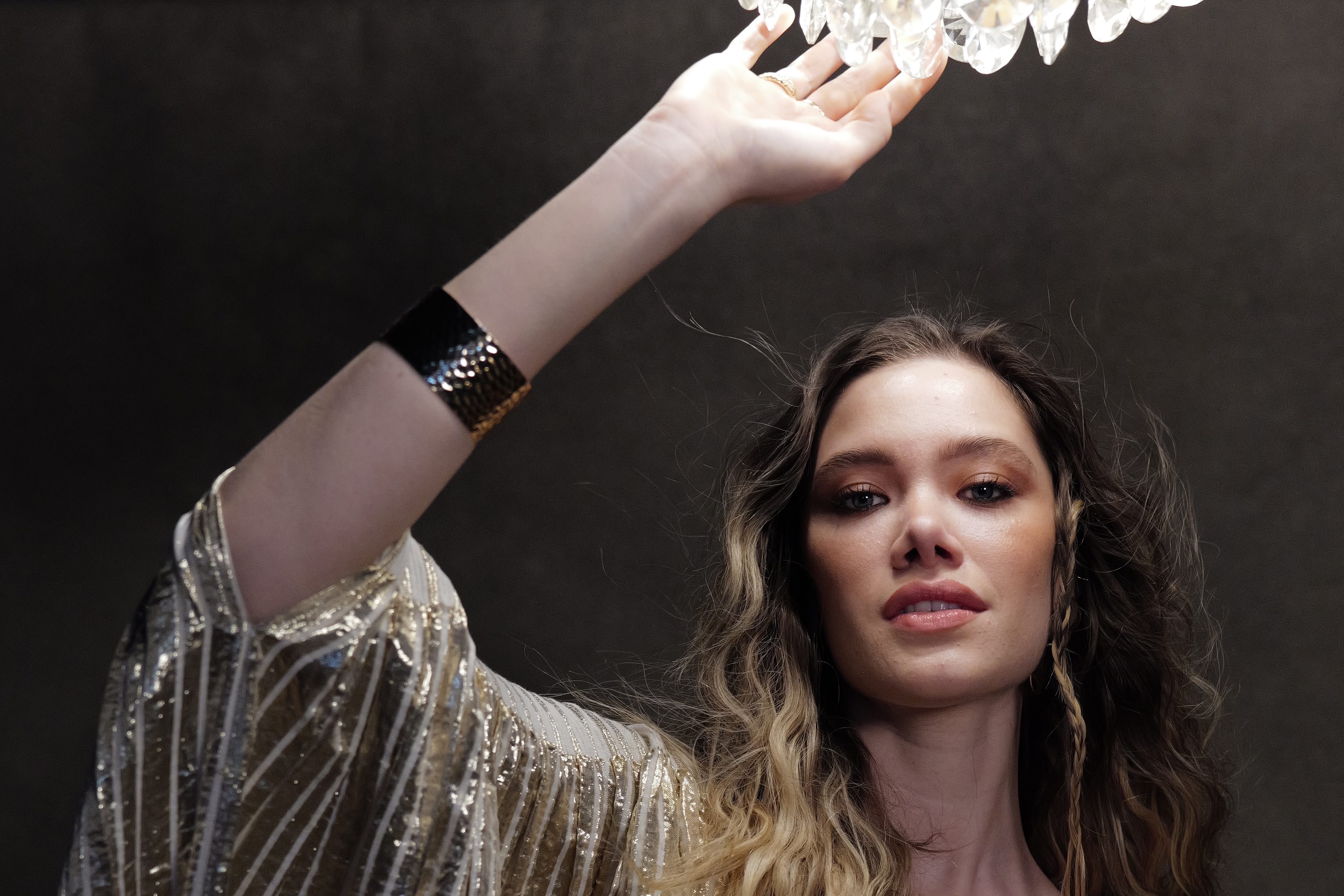



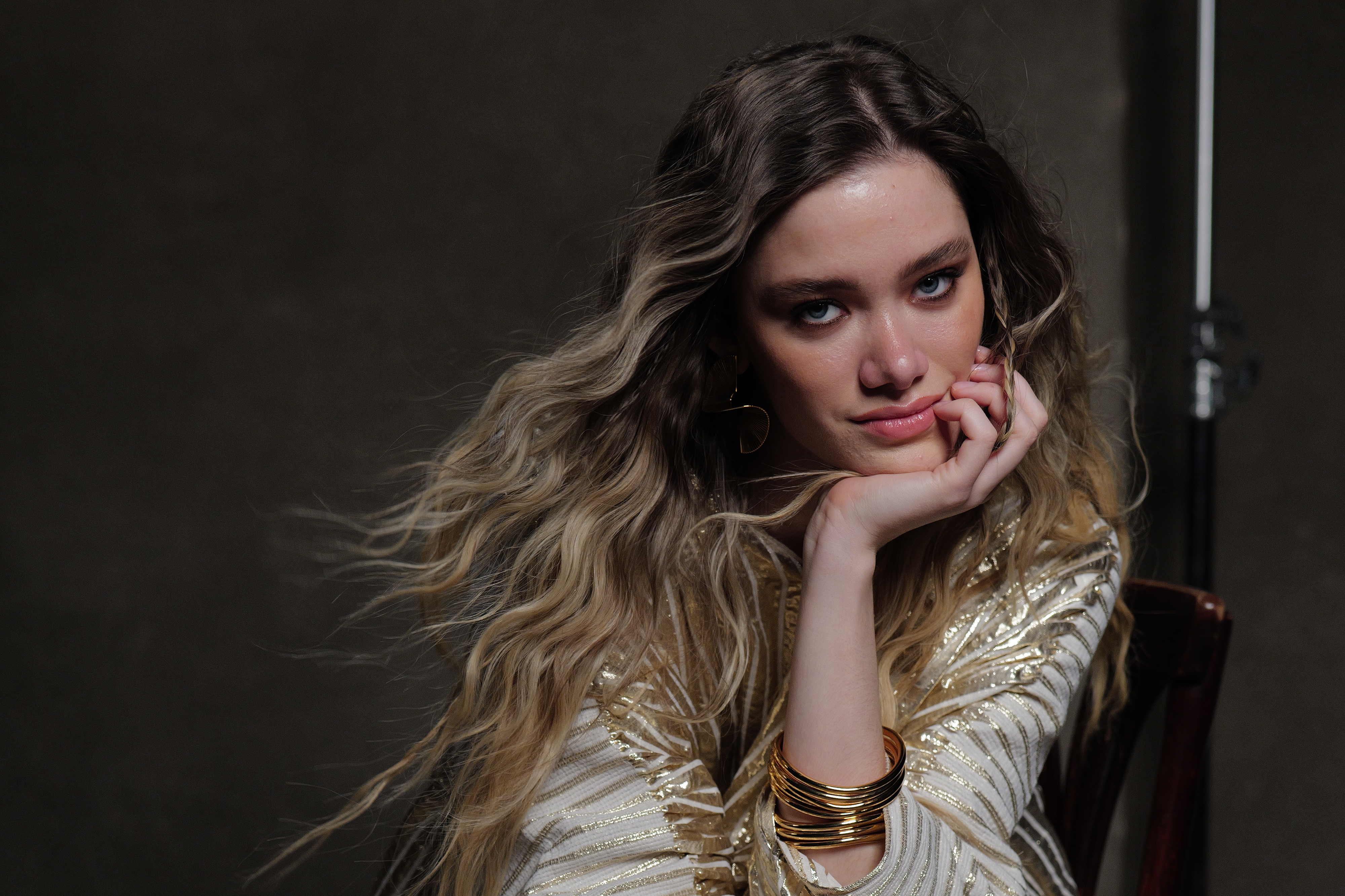
The other benefit of that Maestro IV processor is that it supports the camera's CFexpress Type B card and, consequently, some video upgrades. The SL2 was already Leica's best ever video camera and the SL3 steps things up with 8K video capture.
This will be a pretty niche mode, though, as it tops out at 30fps with 4:2:0 10-bit color sampling. More useful will be the SL3's 4K/60p and 4K/120p video modes, which you can shoot with 4:2:2 10-bit color sampling for editing flexibility. Combine that with the camera's full-size HDMI port for external monitors and timecode interface, and you have a powerful, professional video camera – which hasn't been very common in Leica world, until now.
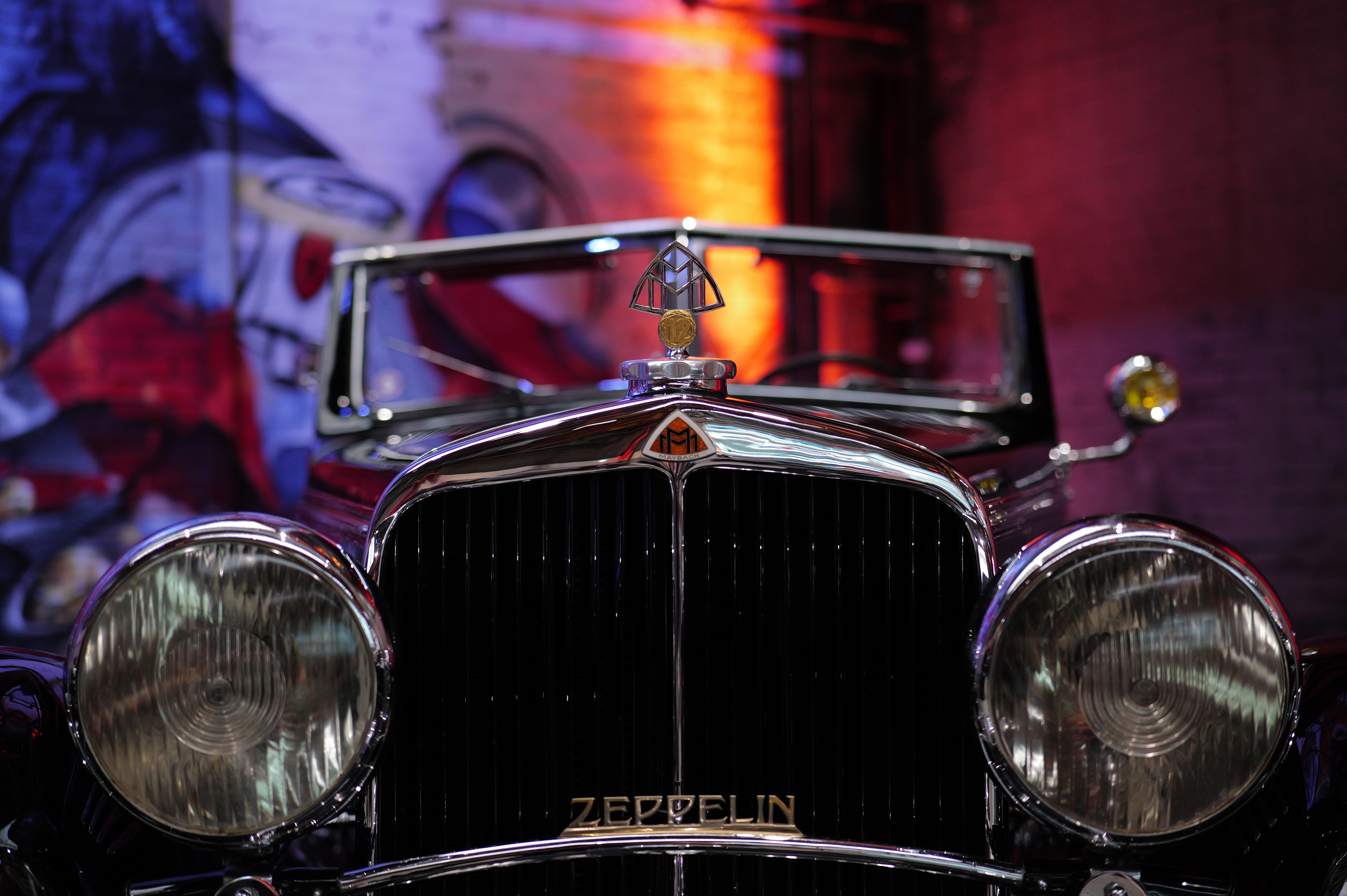

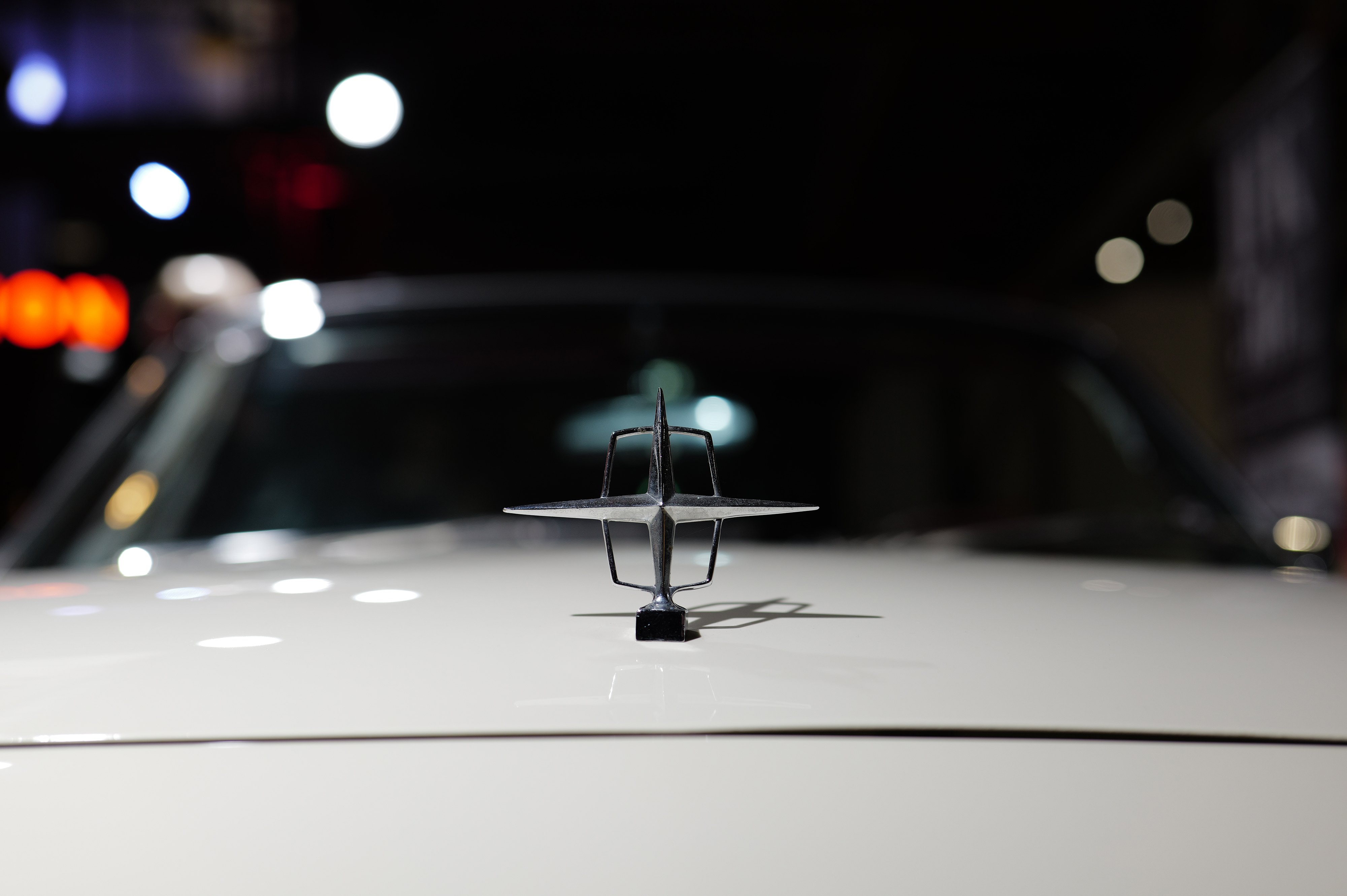
Another bonus for shooting handheld video (and stills) is the Leica SL3's five-axis image stabilization system, which gives you five stops of compensation. That's far from the best we've seen – the Sony A7R V's system is good for a claimed eight stops – but it is still an important difference from the original SL, which had no stabilization. It's also ideal if you want to use an SL3 with Leica M glass using the M-L adapter.
In my tests, I was able to shoot handheld down to 1/4s and get usable results, so it's definitely a useful feature, particularly for shooting in low light. Another quality-of-life upgrade are the SL3's speedier wireless transfer speeds, which use a combination of Bluetooth and Wi-Fi MIMO tech to fire full-size DNGs to your phone in only two or three seconds.
That's quite a big jump up from the SL2, which took around 20 seconds to transfer a DNG file, and it worked well in my tests (as you can see above). The Leica Fotos app itself is a suitably premium experience that's a cut above the efforts from most camera manufacturers, and these transfer speeds make it a breeze to get a raw file onto your phone for a quick edit.
The SL3 isn't a sports camera – and despite having a larger buffer capacity than the SL2, its top speeds for continuous shooting have taken a slight dip compared to its predecessor.
Its top speed is 15fps, which can manage for a few seconds before the buffer fills up, but it can naturally go for longer if you drop down to 9fps or 7fps. You can also get better results by choosing the 36MP or 18MP resolution modes, so there are options – just don't expect it to match a Canon EOS R3.
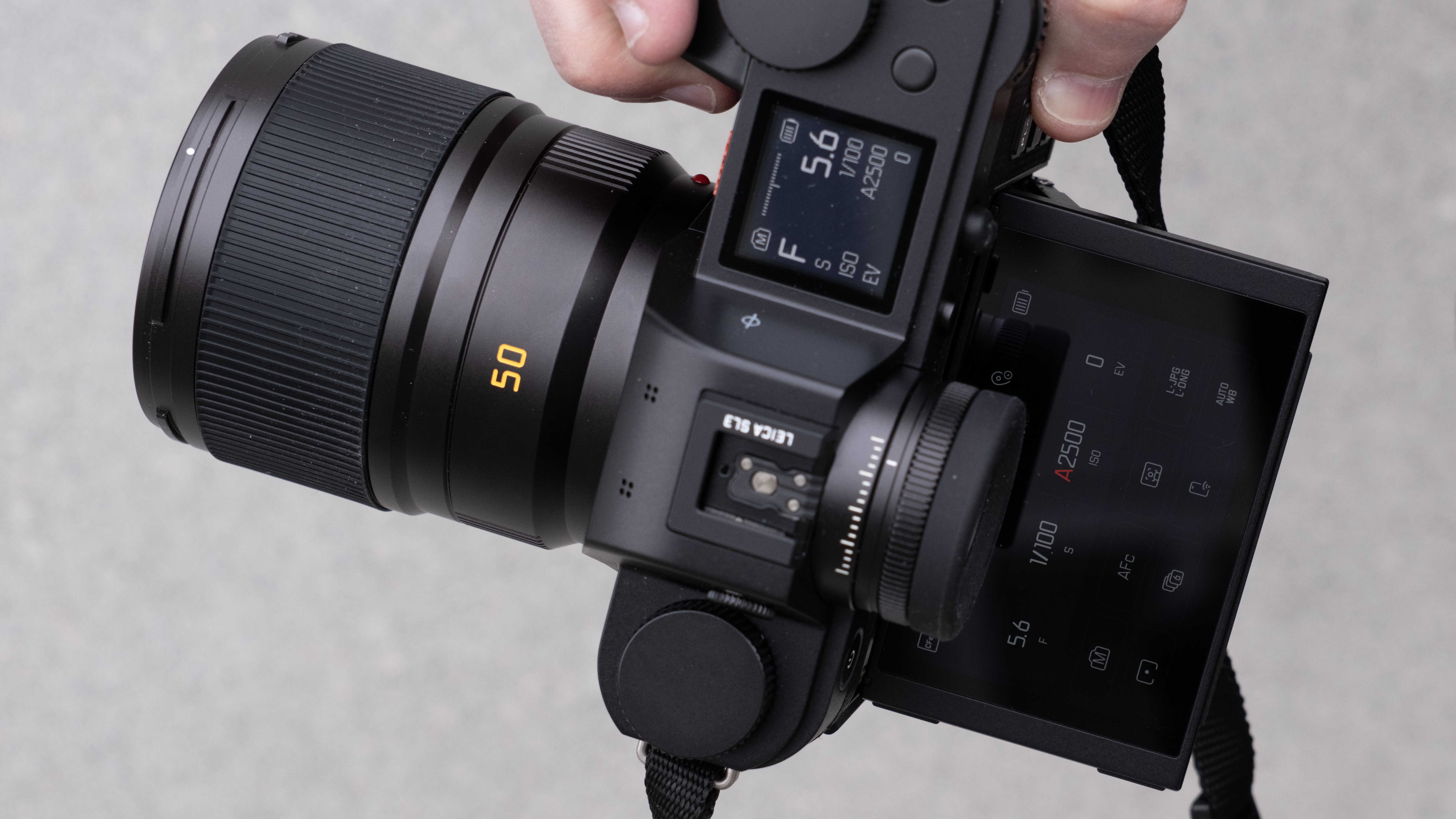
My biggest disappointment with the SL3 was its battery life. I'll need to do some more controlled tests, but during my brief time with the camera I was barely getting above 200 shots (plus some video) per charge. Its official CIPA rating is 260 shots per charge and Leica is rolling out new firmware (version 1.1) soon, so hopefully that might improve things. But prepare to carry around a USB-C charger or spare batteries.
One other strange anomaly is that the SL3 doesn't support Content Credentials, a new industry standard for protecting the authenticity of digital images. That's a little odd considering the older Leica M11-P debuted the feature last year, but Leica told us that "the reason is that the development of the SL3 was already advanced when this technology became mature".
Because Content Credentials requires a dedicated chipset, this also can't be added to the Leica SL3 via a firmware update. But Leica did add that for "future cameras it's our aim to integrate" the AI-combatting tech.
Leica SL3: image and video quality
I took the Leica SL3 for a spin with the Summicron-SL 50mm f/2 lens, which is a sharp, fun partner for the camera. The option of using Leica glass is clearly one of the main draws of the SL3, but whatever you pair it with, you'll get some hallmark Leica character in your images.
Like the Leica Q3, the SL3 captures tons of detail in its 60MP DNGs. I'll need to spend some more time with them to see how far they can be pushed in editing, but the early signs suggest you can recover an impressive amount of shadow detail from the SL3's raw files.
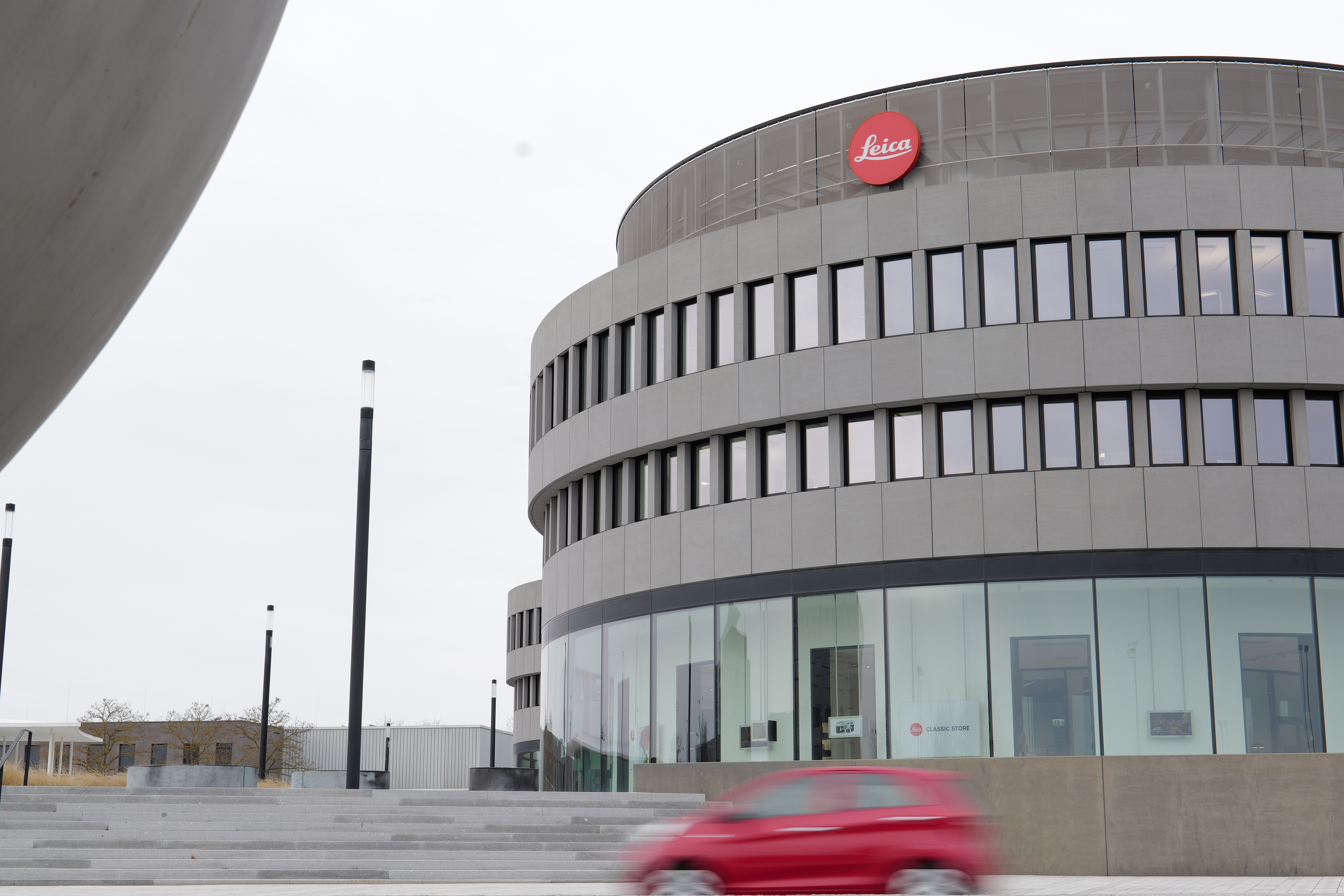


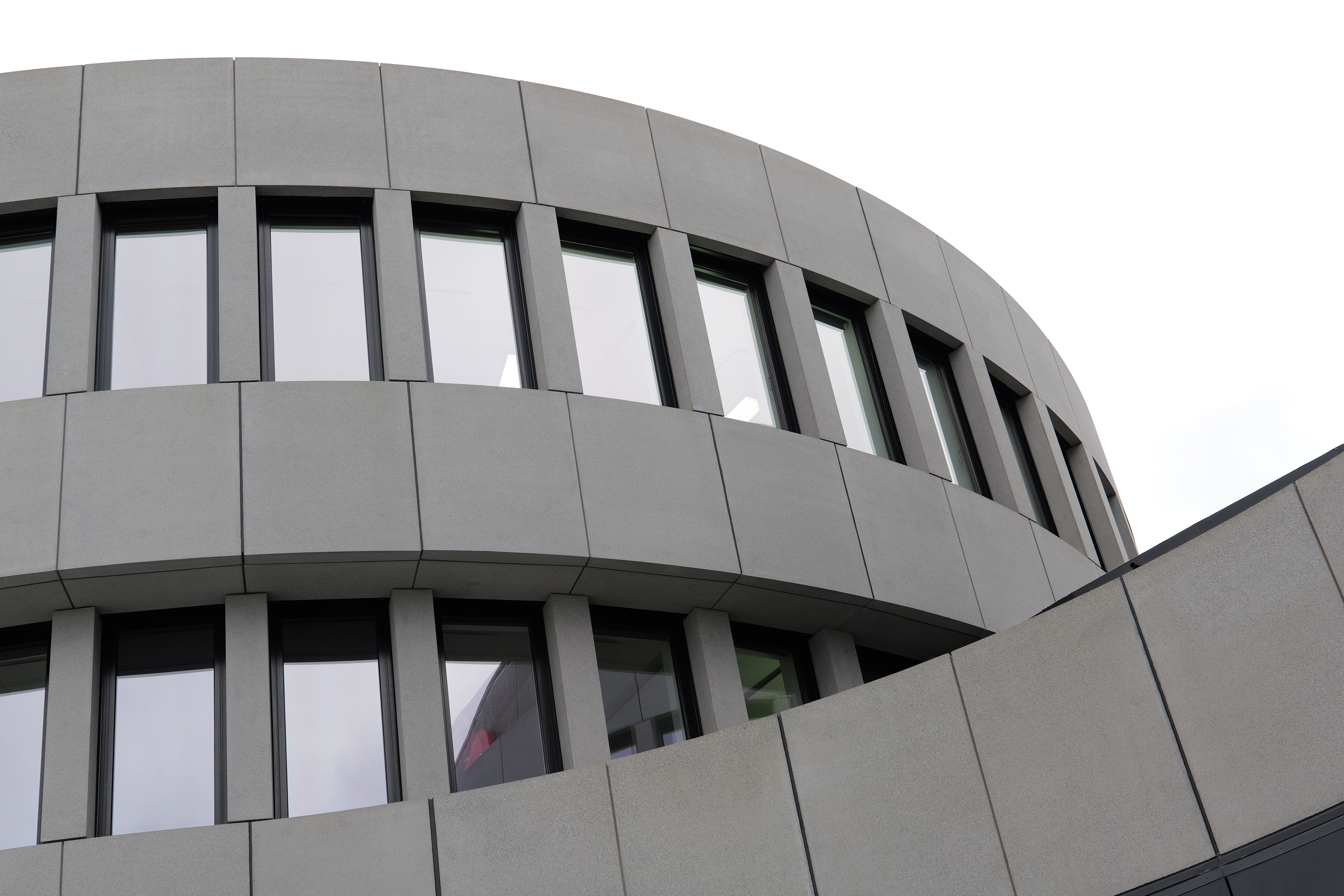
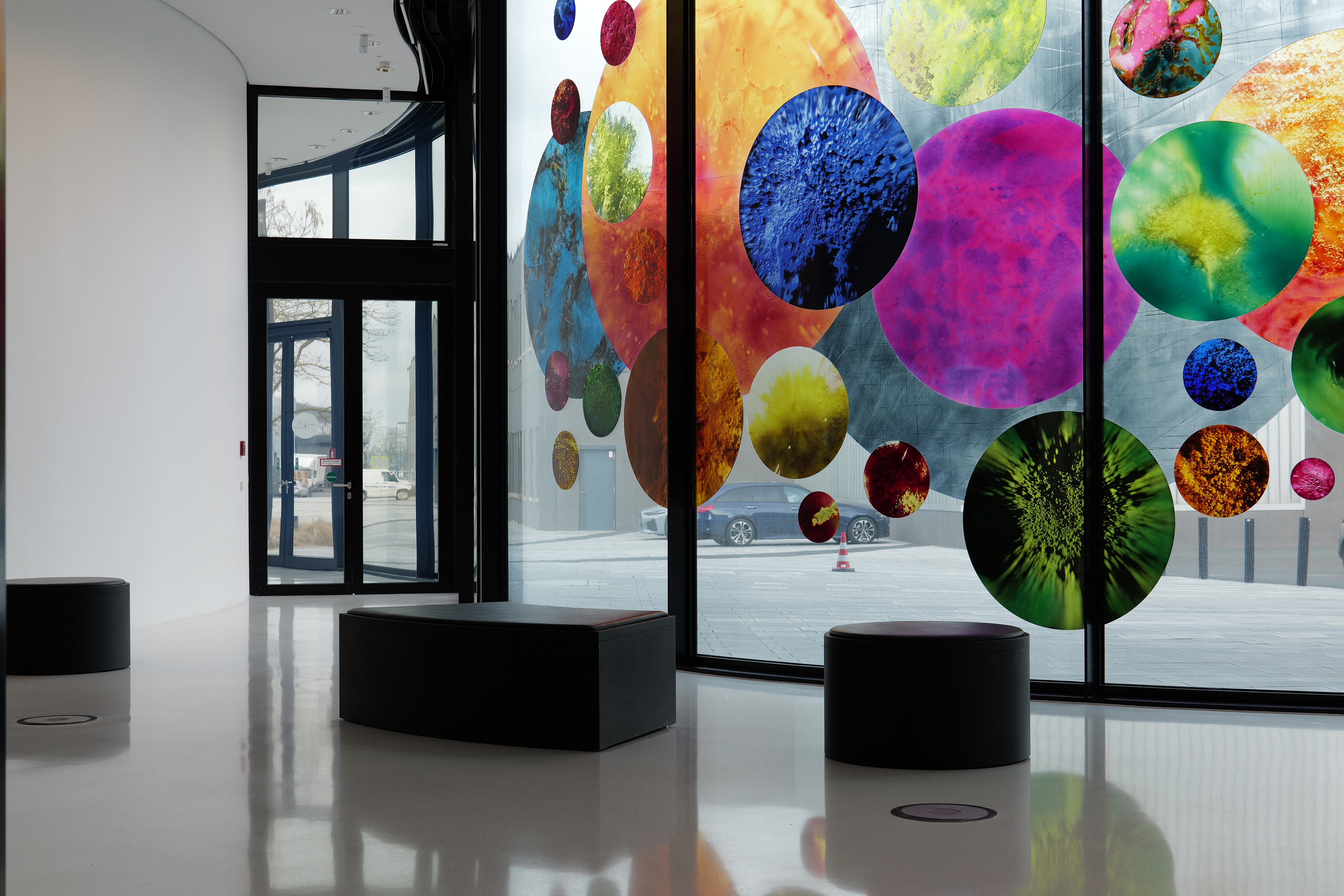
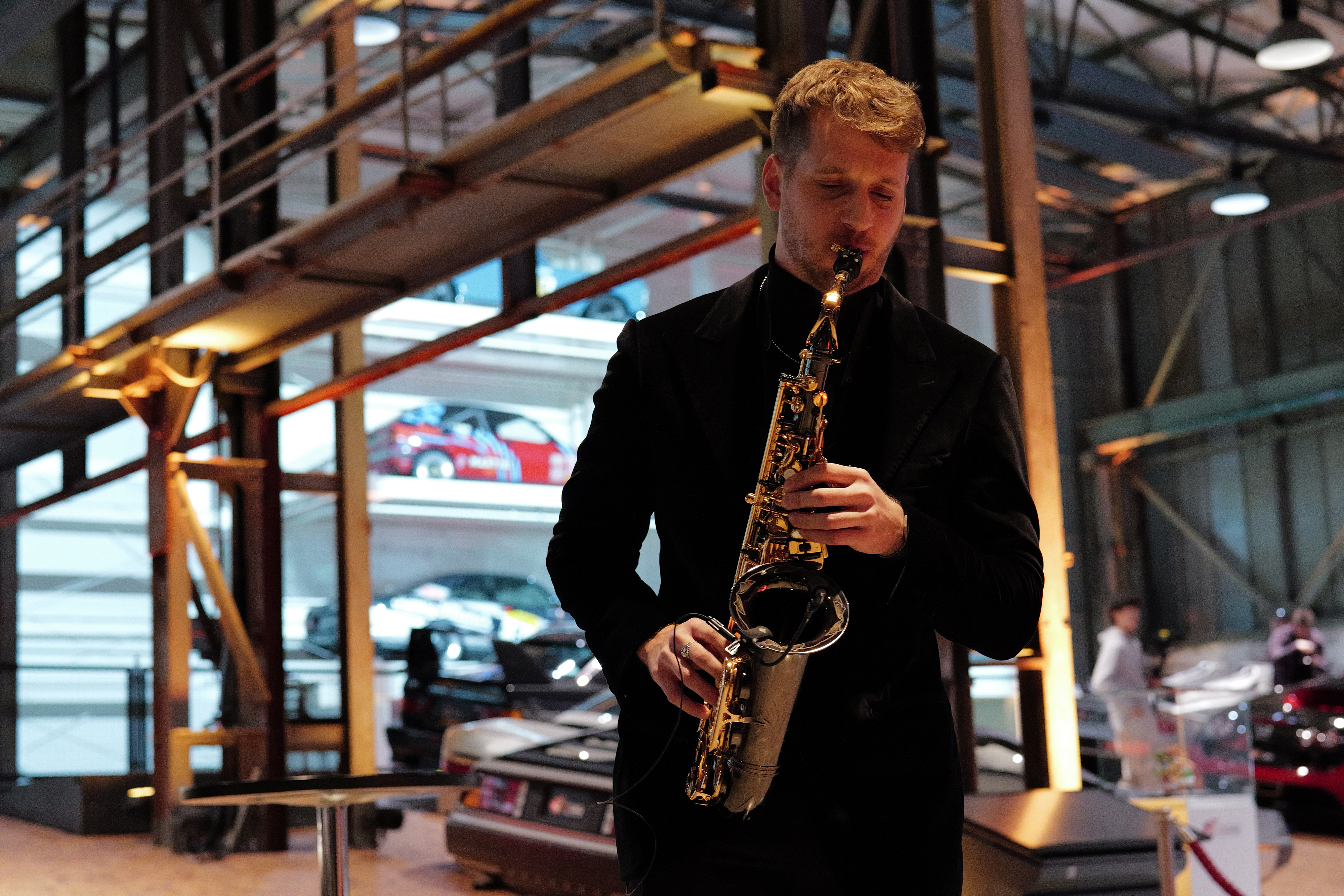

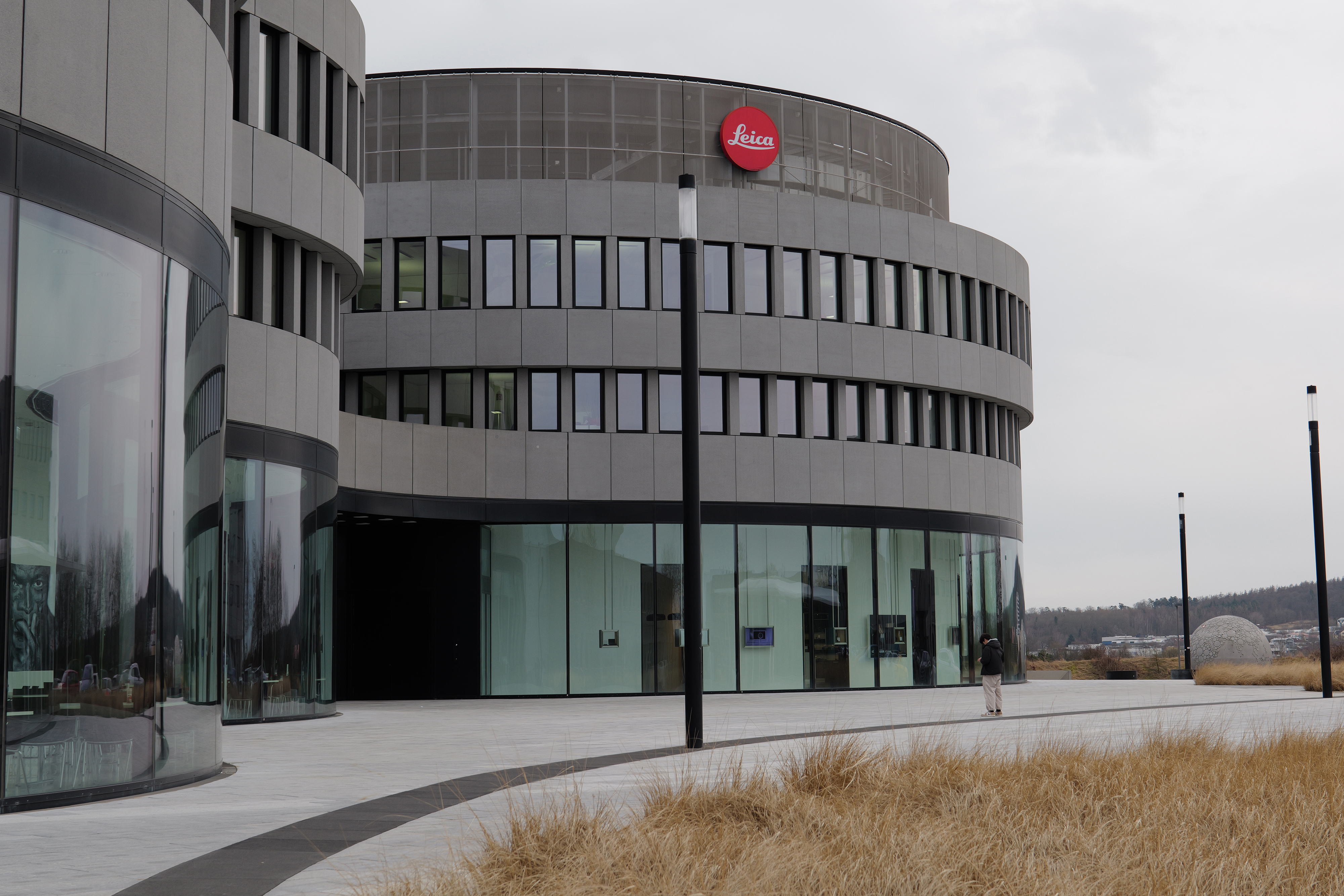
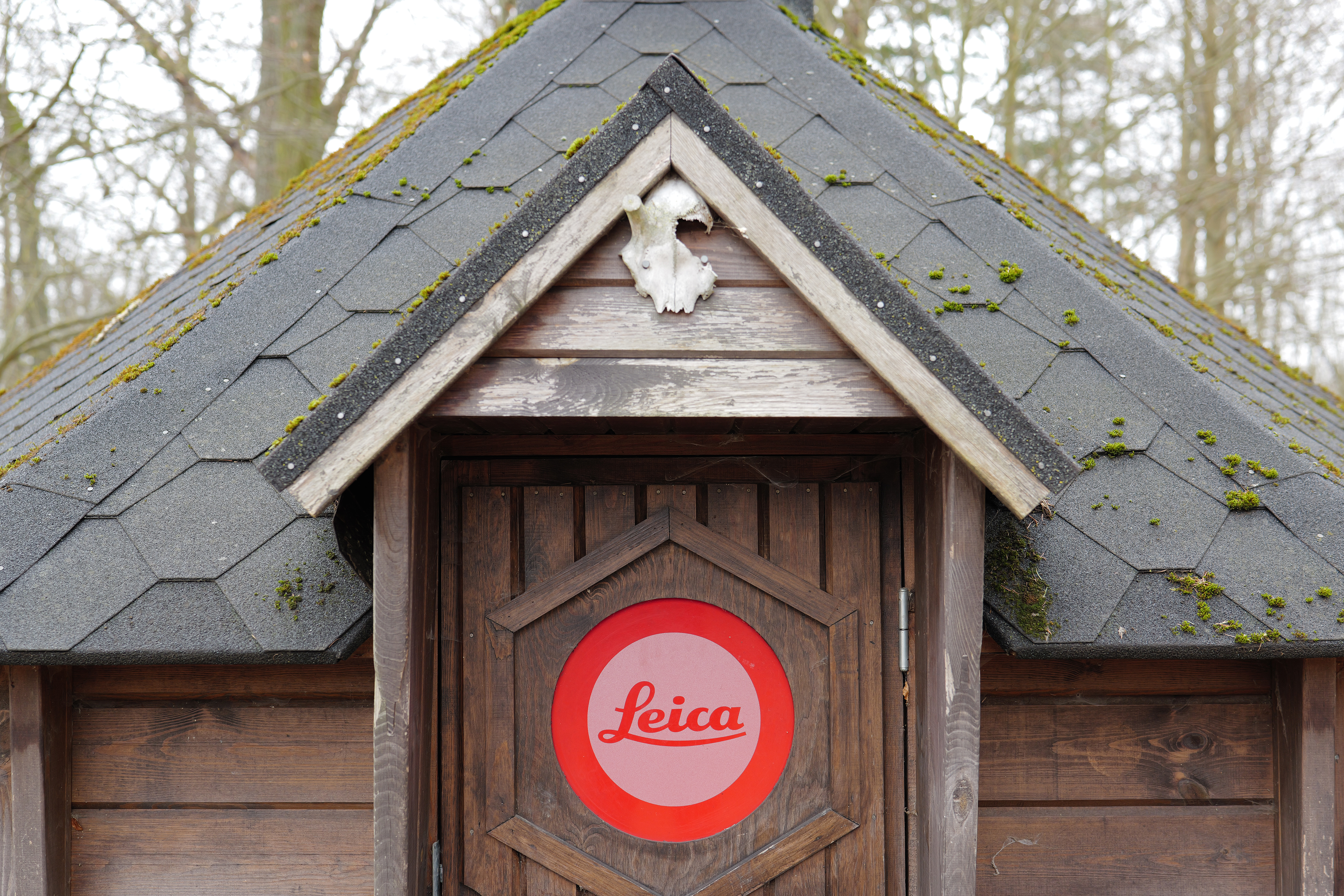
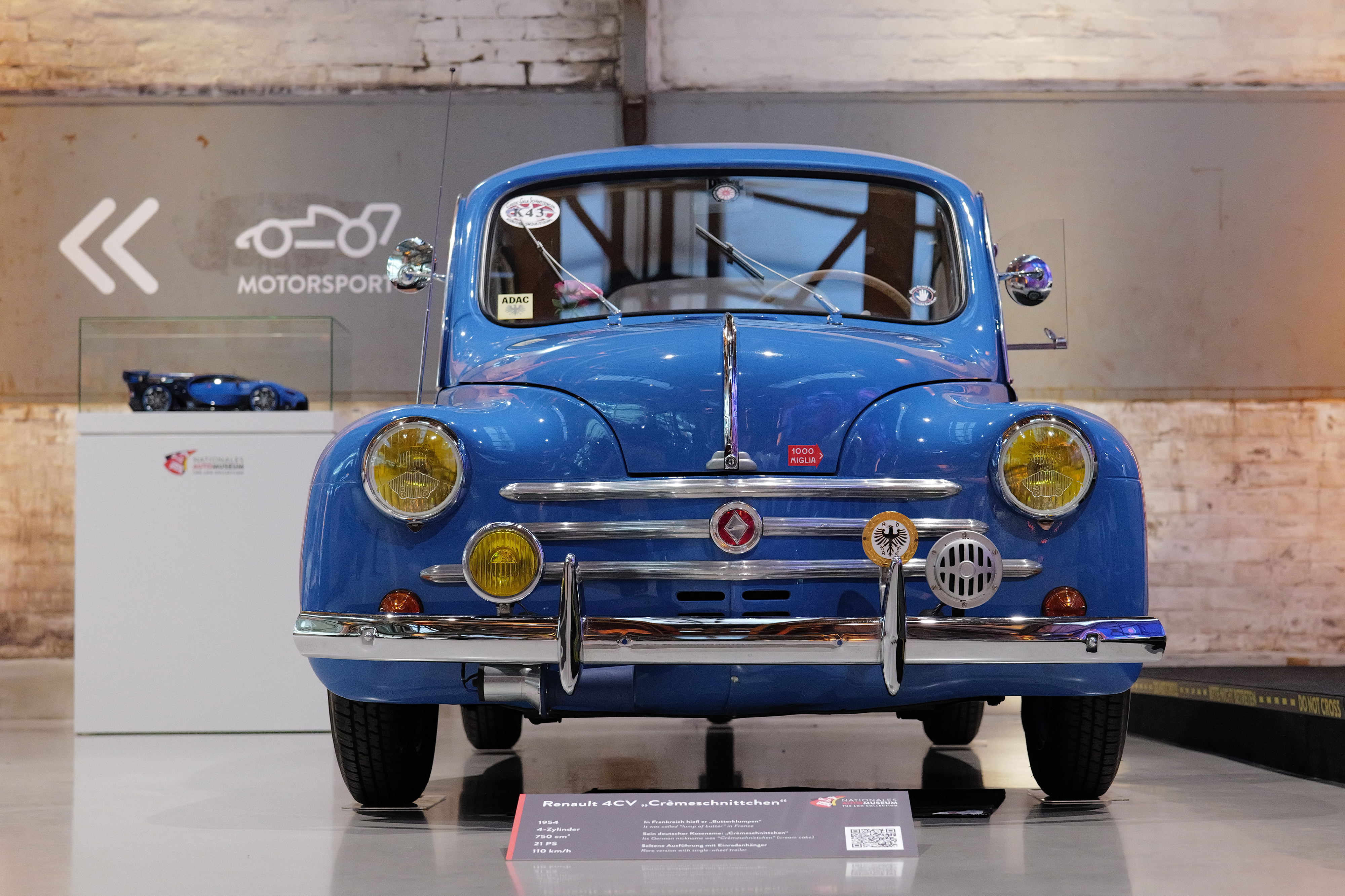
Those files also have bold, vibrant colors, more so than the JPEGs, although they're also a touch noisier than some full-frame rivals. In my early test shots, noise starts to appear from ISO 1600 and is particularly noticeable at ISO 6400. Still, this isn't necessarily a problem – in fact, the grain is frequently attractive (depending on your tastes) and gives the SL3's photos a filmic look.
Video quality looks similarly pin-sharp at lower ISOs, although the SL3's autofocus seemed to struggle a little more with moving subjects in this mode. I'll need to test this more on final firmware, alongside the 8K mode, before making any conclusions. But my early impressions are that the SL3's image and video quality will be comparable to the Leica Q3's, which is certainly no bad thing.
Leica SL3 early verdict
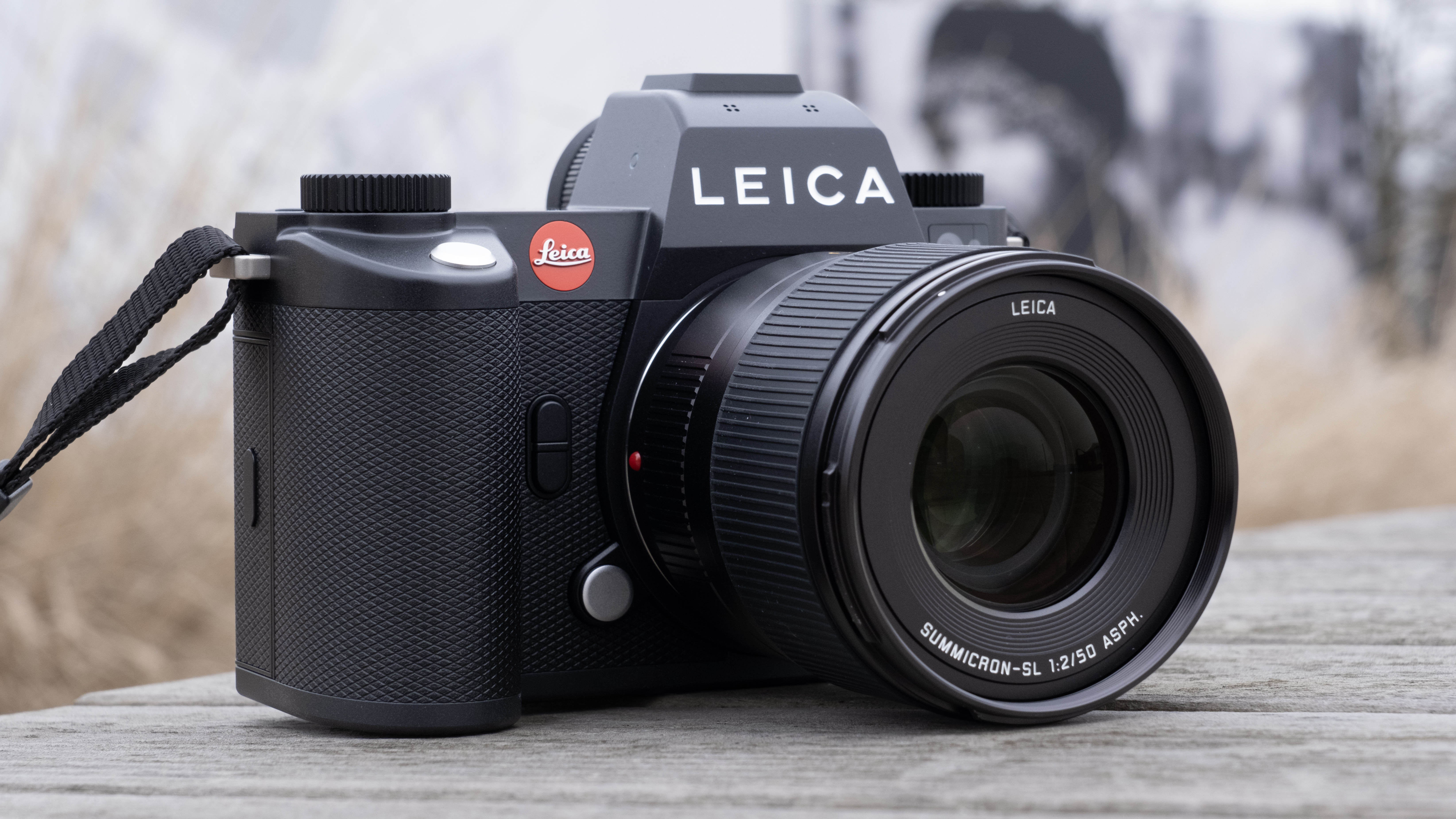
The full-frame mirrorless camera world has changed a lot since the original Leica SL landed in 2015 – and while the competition is now red-hot between Sony, Canon and Nikon, the Leica SL3 still manages to carve out a unique spot for itself.
While it can't match a Nikon Z8 for outright performance or value, the SL3 is a refined, professional workhorse with incredible build quality. Its simple, clean user interface puts most other cameras to shame and it's now a very competitive – if not class-leading – modern hybrid camera for shooting photos and video.
The special sauce of Leica's distinctive image rendering and lenses are added bonuses, although I hope its disappointing battery life is improved in later firmware updates. Right now, you'll need at least two batteries to last you a full day of intense shooting.
If that isn't a deal-breaker for you, then the SL3 could be the combination of modern mirrorless power and classic Leica minimalism you've been waiting for (even if your bank manager feels very differently). We'll bring you our full review very soon.
Leica SL3: how I tested
- A day-and-a-half of shooting at Leica Park in Wetzlar, Germany
- A mix of studio, low light and environmental shooting
I used the Leica SL3 for just over a day continuously during a visit to Leica's HQ in Wetzlar, Germany. I've taken sample photos in raw and DNG formats, although I'll need to spend a bit more time with the latter (on the SL3's final firmware) for our full review.
I took a variety of handheld shots are different shutter speeds to test the effectiveness of its in-body image stabilization, and also took its new phase-detect autofocus and buffer for a spin during a fashion photo shoot.
My only lens during testing was the Summicron-SL 50mm f/2 lens, which was a great companion if not ideal for all shooting scenarios. I also ran the battery down to empty to test its stamina shooting a mix of photos and videos.
0 comments:
Post a Comment